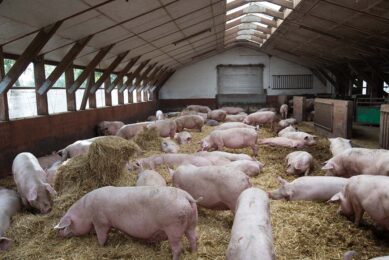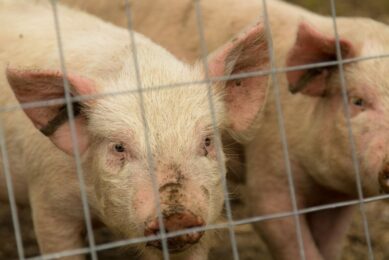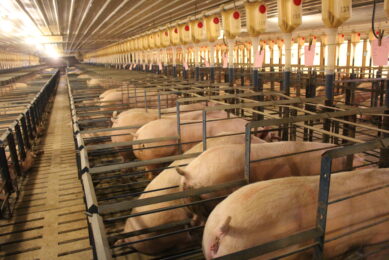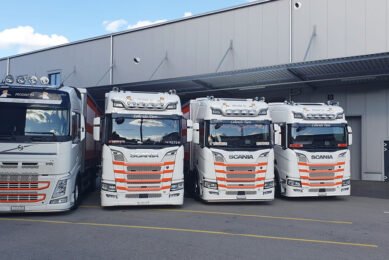The 5 Domains model for animal welfare
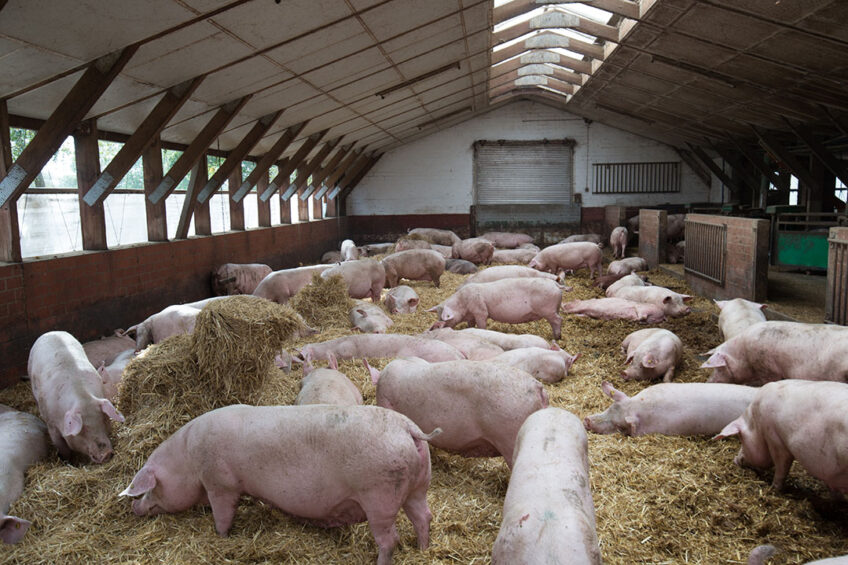
Are the 5 Freedoms of Animal welfare really the best means to assess animal welfare? Are they enough? Pig health and welfare expert Dr Monique Pairis-Garcia writes about the alternative.
For those of you with at least some background in animal welfare, you are most likely familiar with the 5 Freedoms of Animal welfare. The 5 Freedoms framework was developed by the Farm Animal Welfare Council in 1979. The 5 Freedoms encompass basic provisions that should be made for farm animals. These provisions included the Freedom from hunger, Freedom from Discomfort, Freedom from Pain, Injury or Disease, Freedom to Express Normal Behaviour, and Freedom from Fear and Distress.
Major impact
The 5 freedoms continue to have a major impact on animal welfare science, policy and education. The 5 Freedoms is one of the first frameworks for assessing food animal welfare. The framework also forms the basis for much animal welfare legislation, codes of recommendation, and assessment/audit programs to date. The 5 Freedoms are heavily used in the education of veterinary and animal science students and form the foundation of many food industry policies and statements including companies such as Costco and Walmart.
Best way to assess animal welfare?
But are the 5 Freedoms really the best means to assess animal welfare? Are they enough? Each freedom is individually necessary and sufficient as a framework for assessing animal welfare. However, as a whole, the 5 Freedoms are interpreted differently from one individual to another, focus solely on eliminating negative aspects of welfare and do not place value in ensuring positive aspects of welfare are experienced. Given the use of the term freedom, implementing the 5 Freedoms suggests that we must eliminate any negative experience for the animal (e.g. hunger or thirst) and establish somewhat of a zero tolerance policy to ensure good welfare. However, I would argue this is not very realistic. Animals will, at some time, experience hunger or thirst, sickness and pain associated with that sickness and their welfare will be temporarily impacted.
The 5 Domains model
So where do we go from here? Given these challenges, some of the industry is transitioning away from the 5 Freedoms and is adopting frameworks that not only minimize negative experiences of welfare but also promote positive welfare states. Initially developed in 1994 by Dr. Mellor and Reid, the 5 Domains model more thoroughly and systematically assesses animal welfare through 5 incorporated domains: nutrition, physical environment, health, behavioral interactions and mental/affective states. This approach equally balances both the positive and negative welfare an animal can experience and attempts to provide a more objective approach to assessing welfare for various species, settings and conditions.
Tyson follows suit
In 2021, Tyson Foods announced that it will transition to the 5 Domains and it appears that other food companies are considering. We must wait to see if the long-standing 5 Freedoms remains the foundational piece in which animal welfare policy, legislation and education rely on, or, if a change to a new approach, such as the 5 Domains is upon us.



